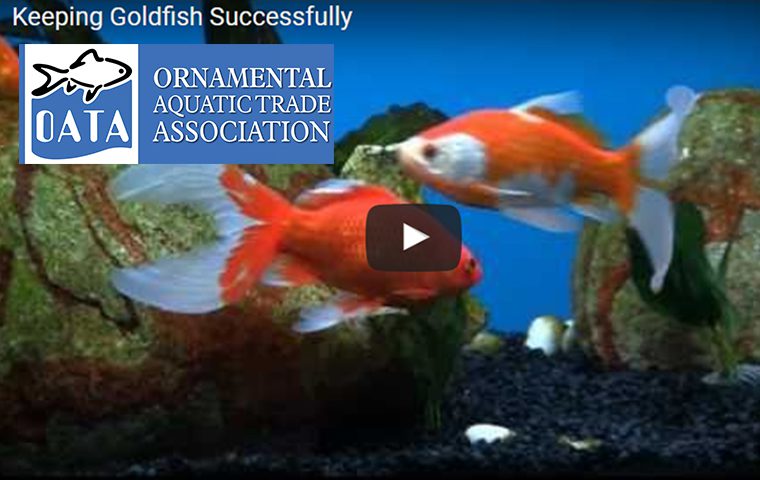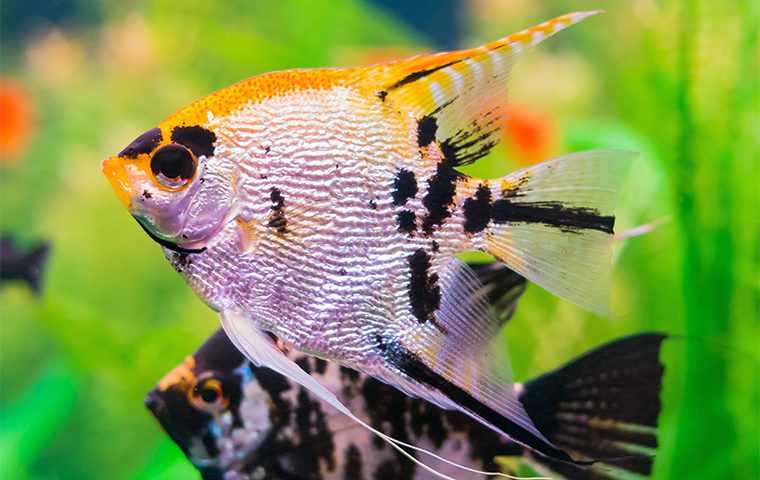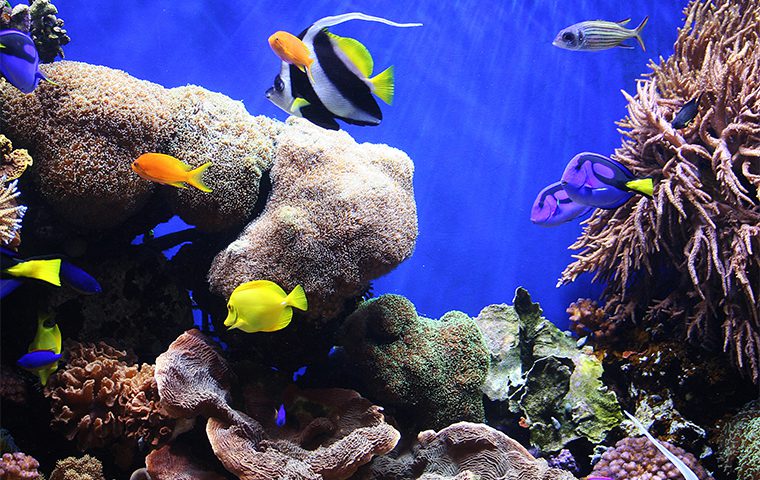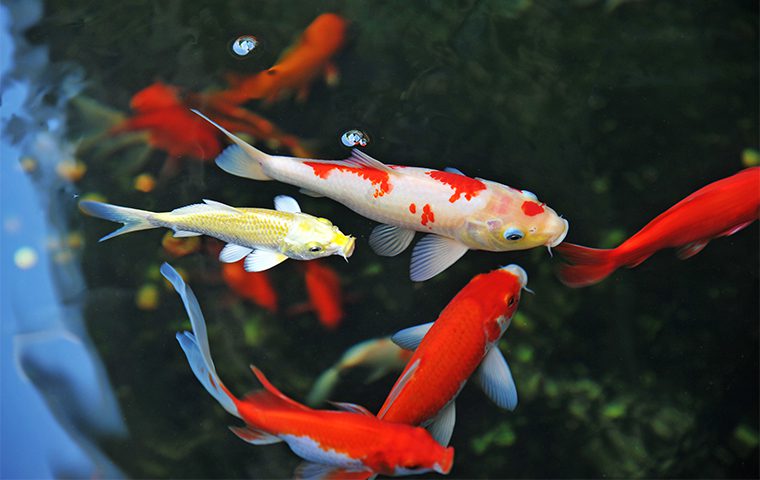Fishkeeping Advice
Our fishkeeping advice section consists of literally hundreds of pages of advice. If you cannot find the advice you are looking for you can email The WaterZoo at aquatics@waterzoo.co.uk , this will be replied to by one of our senior staff, we will try and respond as quickly as possible, but by the end of the next working day at the latest.
If you query is more urgent then you can call us on 01733 312142, all our staff are fishkeepers themselves and have industry recognised qualifications, so you can talk to someone that has practical experience in the hobby.
Guides
Frequently Asked Questions
If you are going away for a week or two, you can use an automatic fish feeder or slow release holiday foods can feed your fish while you are away, although it is still worth getting a fishkeeping friend/relative to check everything is OK in your absence.
Many compounds that accumulate in the aquarium cannot be detected by any of our senses, but are harmful to fish and invertebrates. Testing the water enables us to detect these compounds and take remedial measures, before it causes a problem. If the water is of good quality then fish are unlikely to become ill, you cannot tell how good or bad the water quality is by looking at it, clear water does not necessarily mean the water is OK.
To find our more about this subject view our Guide to Nitrate
Whilst some advise waiting a week before adding livestock, we feel 48 hours is sufficient. After this period the aquarium should be up to temperature and all the equipment should be working. Leaving the aquarium/pond longer will not help it establish as it will only start to mature once the filter has some waste to work on. Be sure to read about new tank syndrome before adding livestock and add Seachem Stability.
Provided livestock is properly packaged and does not get too hot or too cold it will be fine for at least six hours. Nearly all tropical & marine fish come from abroad and are often in transit for 24 hours with virtually a zero mortality rate. However, the less time in transit the less traumatic it is.
Feed your fish twice a day. Although they can be fed more often if you wish to achieve a rapid growth rate. Ideally this should be a wide variety including dried & frozen food. All the food should be eaten within 5 minutes. Any left over should be removed ASAP.
Stocking levels are based on either water volume or surface area. There are many variables including the size of fish & filtration system.
These are generally accepted stocking levels.
Cold water 1” of fish per gallon (2.5cm per 4.5 litres)
Tropical 1” of fish per gallon (2.5cm per 4.5 litres) in the first three months, 2” of fish per gallon (5cm per 4.5 litres) after the aquarium has been established for at least six months.
Pond 10” of fish per 100 gallons (25cm per 45 litres)
Marine fish only 1” of fish per 4 gallons (2.5cm per 18 litres) in the first six months, increasing to a maximum of 1” of fish per 2 gallons (5cm per 9 litres) after six months.
Reef aquarium 1” of fish per 4 gallons (2.5cm per 18 litres)
PLEASE NOTE stocking levels are for guidance only. Larger fish produce far more waste than smaller fish. Therefore, when keeping large fish stocking densities should be far lower.
All stocking levels assume a good filtration system has been operating for at least 3 months. The stocking level in new systems should be much lower.
The frequency a filter will require cleaning will depend on many factors, these include, size, efficiency & type of media used in the filter, as well as size, type of fish and the frequency, quantity & type of food used. When you see a decrease in the flow rate this would be a good time to clean the media. Keeping a note of this will enable you to anticipate when the filtration system will next require maintenance. Don’t forget to clean filter media in waste aquarium water to maintain the colony of bacteria.
The frequency & amount of water changed is dependent on many factors these include stocking density, amount / type of food & efficiency of the filtration unit. It is therefore very difficult to generalise. As a very rough guide change between 10 & 25% anywhere from twice a week to once a month. For a more accurate estimation you could test for Nitrate (NO3) if this is increasing then a water change is needed.




